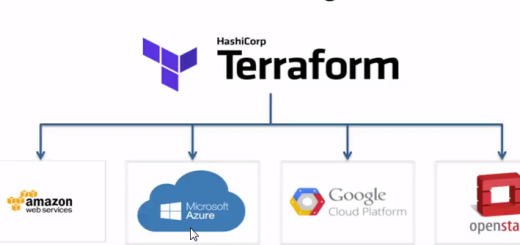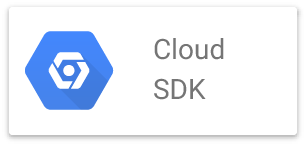GCP BigTable: The NoSQL Powerhouse
Google Cloud Platform’s (GCP) BigTable is a testament to the evolution of database technology. As a fully managed, highly available, and blazingly fast NoSQL database, BigTable stands out in the vast landscape of GCP’s offerings. It’s no wonder that Google itself relies on BigTable for its flagship product, Gmail. But its applications don’t stop there. From IoT devices to the dynamic worlds of Ad Tech and Fintech, BigTable proves its mettle time and again.
GCP BigTable Introduction
BigTable’s reputation precedes itself. As a cornerstone for many of Google’s services, it offers unparalleled speed and scalability. The fact that it powers Gmail speaks volumes about its reliability and efficiency. Its adaptability makes it a top choice for diverse sectors, from IoT devices to the demanding realms of Ad Tech and Fintech.
When to use Google BigTable?
The prowess of BigTable lies in its ability to handle vast volumes of structured data. It’s not just a claim; Google uses it internally to scale its services into the petabyte range. As highlighted in the book “Cassandra: The Definitive Guide”, BigTable is the backbone for major Google services, including but not limited to Gmail, YouTube, Google Analytics, Google Finance, Orkut, Personalized Search, and Google Earth. It’s built atop the robust Google File System (GFS), ensuring stability and reliability.
Key scenarios to consider BigTable:
- Storing more than 1 terabyte of structured data.
- Handling very high volumes of write operations.
- Managing a continuous stream of data.
- Needing compatibility with the Hbase API.
BigTable vs BigQuery: A Comparative Analysis
Both BigTable and BigQuery have their own strengths. However, they serve unique purposes and optimize for specific use cases.
BigQuery: Firstly, it primarily stores data in columns, which excels for large table scans. Consequently, this columnar storage suits analytical queries, especially when scanning massive datasets.
BigTable: On the other hand, it stores data in rows, optimizing for small, frequent reads and writes to meet transactional data needs.
When making a decision, you should base your choice between BigTable and BigQuery on your specific use case. For instance, when you run benchmarks on sample data, you gain insights into the platform that best fits your data structure and operational needs.
Delving Deeper: BigTable’s Replication Services
A standout feature of BigTable is its replication services. These services not only guarantee high availability but also ensure durability and resilience, even when facing zonal failures. With data replication across multiple locations, BigTable ensures your data stays accessible and safe at all times.
Data Structuring in BigTable
Moving on to data structuring, BigTable takes a unique approach. Specifically, it organizes data using a row key and column. Subsequently, it groups these columns into families, creating a logical and efficient structure.
The Magic Behind BigTable: Processing and Storage
In terms of processing, BigTable separates it from its storage abstraction layer, the Colossus File System, ensuring swift and efficient data operations. Moreover, an intelligent load balancer manages traffic to BigTable nodes. Notably, this isn’t just any load balancer; it understands the database index.
In conclusion, GCP’s BigTable is a versatile, powerful, and reliable NoSQL database solution. Whether you’re a budding startup or an established enterprise, understanding the capabilities of BigTable can guide you in making informed decisions for your data needs.




Recent Comments